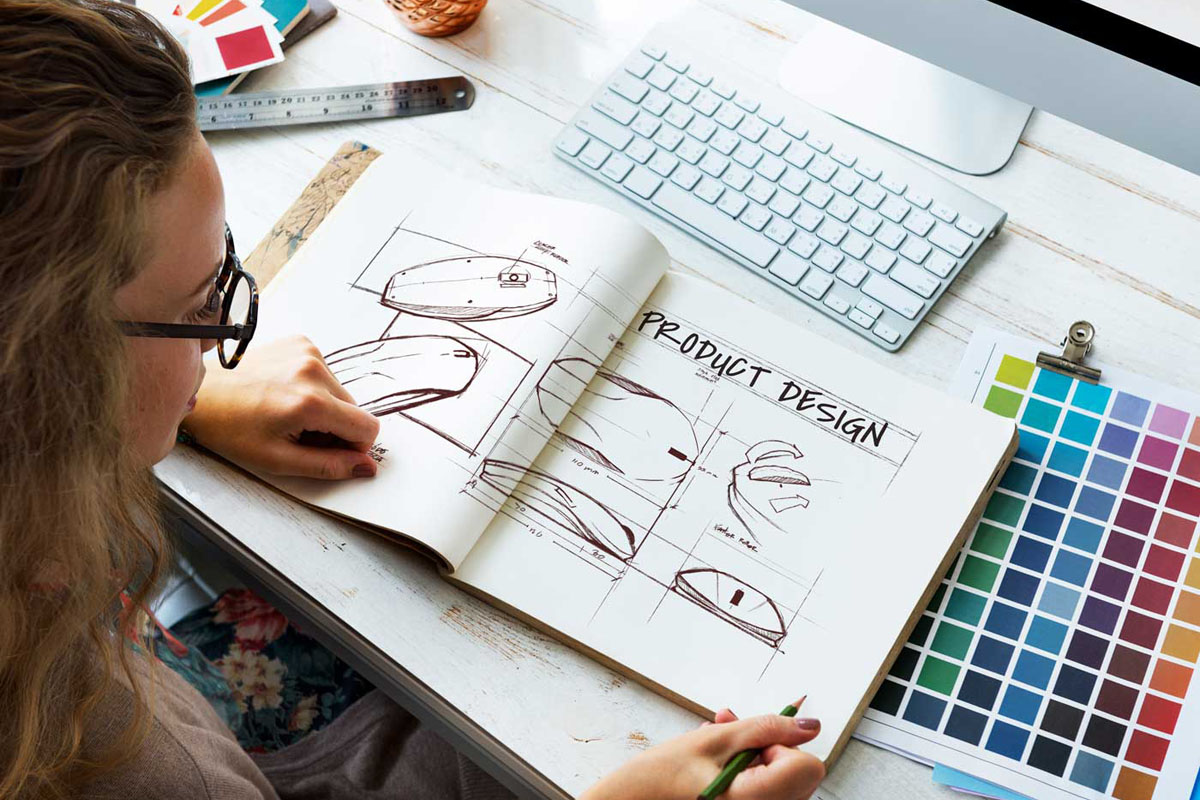In the dynamic world of web development, a profound shift has occurred—one that places the user at the forefront of the digital experience. User-Centric Web Development is not merely a methodology; it’s a commitment to crafting websites that resonate with users, creating an online space that people not only visit but genuinely love to engage with.
At the core of user-centric web development lies a deep understanding of the audience. By conducting thorough user research, web developers gain insights into user preferences, behaviors, and pain points. This knowledge becomes the compass guiding every decision throughout the development process, ensuring that the end product aligns seamlessly with the needs and expectations of the intended audience.
Intuitive navigation is a cornerstone of user-centric web development. Users should effortlessly find what they seek, with clear and logical pathways guiding them through the digital landscape. From the placement of menus to the structure of content, the user experience is meticulously designed to be both efficient and enjoyable.
Responsive design is not merely a technical requirement but a user-centric imperative. In a world where users seamlessly transition between devices, websites must adapt without sacrificing functionality or aesthetics. A responsive website ensures that whether viewed on a desktop, tablet, or smartphone, the user experience remains consistent and optimal.
Accessibility is another key aspect of user-centric web development. By prioritizing features like alternative text for images, keyboard navigation, and color-contrast ratios, developers ensure that websites are inclusive and usable for everyone, regardless of their abilities or disabilities. This commitment to accessibility is not just ethical; it contributes to a more robust and universally appealing digital environment.
Personalization takes user-centricity to the next level. By leveraging data and technology, web developers can tailor content and experiences based on individual user preferences. Whether it’s recommending products, customizing user interfaces, or delivering personalized content, this approach creates a more engaging and meaningful user experience.
Feedback loops are integral to user-centric web development. Continuous testing, user feedback, and data analytics drive iterative improvements. By listening to the audience, developers can identify pain points, address usability issues, and evolve the website in real-time, ensuring that it remains aligned with user expectations.
In conclusion, User-Centric Web Development transcends the realm of technology; it’s a philosophy that places the user experience at the core of every decision. By understanding, adapting, and personalizing the digital journey, developers create websites that users don’t just visit—they love to explore, interact with, and revisit. In this era of user-centricity, web development becomes a dynamic, iterative process where the end goal is not just functionality but the creation of digital spaces that people genuinely enjoy and appreciate.

